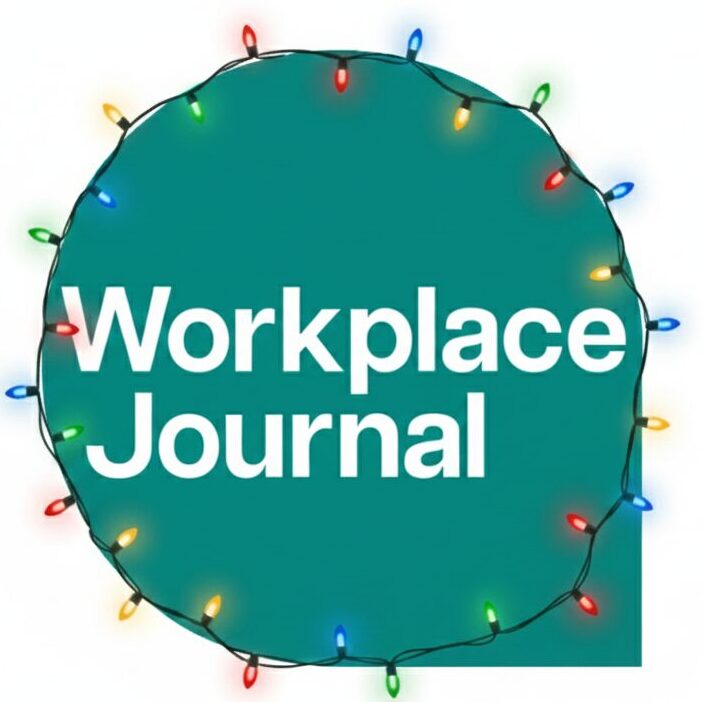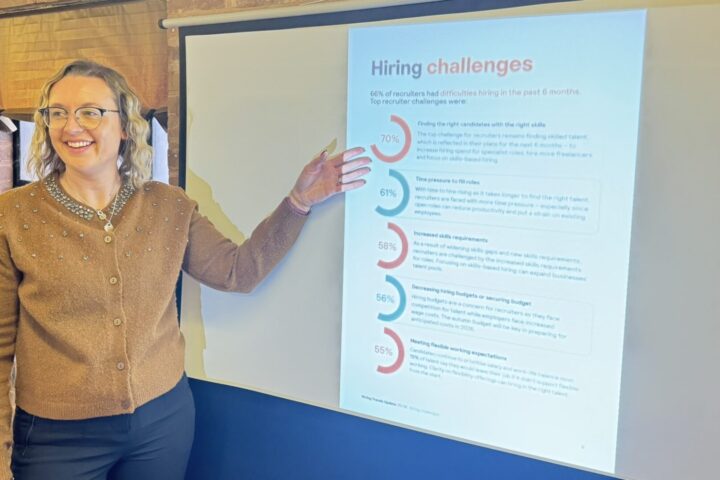Tax raid fears ahead of the Budget led to a significant change in savings behaviour in October, with a major increase in ISA and pension contributions, according to analysis by Bestinvest.
Concerns that Chancellor Rachel Reeves would target pension tax reliefs sparked an eight-fold increase in Self-Invested Personal Pension (SIPP) contributions at Bestinvest, compared to the two-year average for the same month in 2022 and 2023.
Pension withdrawal requests more than doubled in October compared to the previous year, mainly driven by individuals aged 55 and over accessing their 25% tax-free lump sum in anticipation of potential reductions.
Some clients later cancelled these requests after the Budget announcement.
Bestinvest also recorded a four-fold increase in ISA contributions in October, up 413% from the previous two-year average.
Anticipation of the Chancellor’s tax changes prompted many savers and investors to act to protect their wealth.
Alice Haine, personal finance analyst at Bestinvest by Evelyn Partners, said: “This was one of the most anticipated Budgets in a generation and the level of speculation reached such heights that many DIY investors felt compelled to make major financial decisions more akin to the end of the tax year.
“Making investments more tax efficient by topping up ISAs and pensions will continue to benefit an individual’s overall financial position over the long term, provided that money was not earmarked for more immediate needs.
“While money funnelled into a flexible ISA is still accessible, funds loaded into pension cannot be touched until the individual reaches 55 or 57 from 2028.
Haine added: “The anxiety the Budget caused for many on the cusp of retirement meant that withdrawal requests also surged as people became fearful that the ability to take 25% tax-free cash from pensions would get reduced, money that is often earmarked for clearing mortgages, paying off debts or meeting other key life goals.
“Thankfully people have a 30-day cooling-off period for first crystallisations and some clients have now reconsidered their position and cancelled their withdrawal requests since the Budget on October 30.”
While the outcome of the Budget for pensions and ISAs was not as severe as expected, the increase in Capital Gains Tax rates still affected investors. Many who crystallised gains at a lower rate are likely to benefit from the situation.
Haine said: “The proposal to bring pensions under the scope of IHT has wider implications for those looking to pass on wealth to their beneficiaries, but it also stresses the importance of maxing out an ISA as a flexible, tax-efficient way to save and protect investments from tax on income and capital gains over the long term.
“The Chancellor’s decision not to tinker with ISAs – apart from the confirmation that the British ISA will never see the light of day – might have come as a relief for many savers.
“There were concerns that Reeves might reduce the annual allowance from £20,000 or even impose a lifetime cap on the amount savers can hold in an ISA.
“While those things didn’t happen, ISAs did not escape Reeves’ tax raid altogether.
“While no reduction in the ISA allowance will seem like good news for savers, it actually masks the real revenue raising intention behind that decision.
“Freezing the annual subscription limit at £20,000 for a further six years, alongside similar freezes on Junior ISAs and Child Trust Funds – until the end of the 2029-2030 tax year – is expected to raise £605 million for the Government’s coffers.
Haine also pointed out that had the ISA allowance been increased in line with inflation since 2017, it would exceed £26,000 this tax year.
Instead, the freeze means that the allowance is effectively cut in real terms, restricting the amount savers can protect from tax.
Haine said: “Naturally, savers will feel disappointed that the frozen £20,000 ISA allowance and £9,000 Junior ISA allowance will be eroded in real terms by inflation, but the outlook could have been even bleaker.
“When you consider the hike in Capital Gains tax rates and the proposal to bring pensions within the confines of IHT, savers need to be thankful that the ISA allowance remained the same and did not get reduced.
“Many savers are unable to max out their allowance in full, with the average subscription around £6,000 across all ISA types, according to the Treasury.
“This means that for now, the ISA allowance limit of £20,000 is almost aspirational for most savers.
“However, that average subscription is likely to go up over the next six years as people look for avenues to protect more of their money from tax.
“When you consider the Personal Savings Allowance has remained the same since 2016, over time ISAs will gain in prominence as people look to shelter more of their savings in this simple account free of tax on income and capital gains.”

















